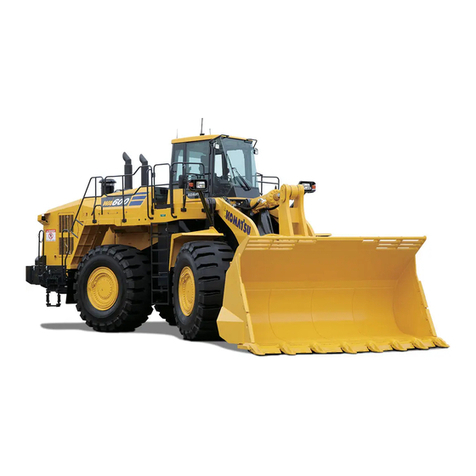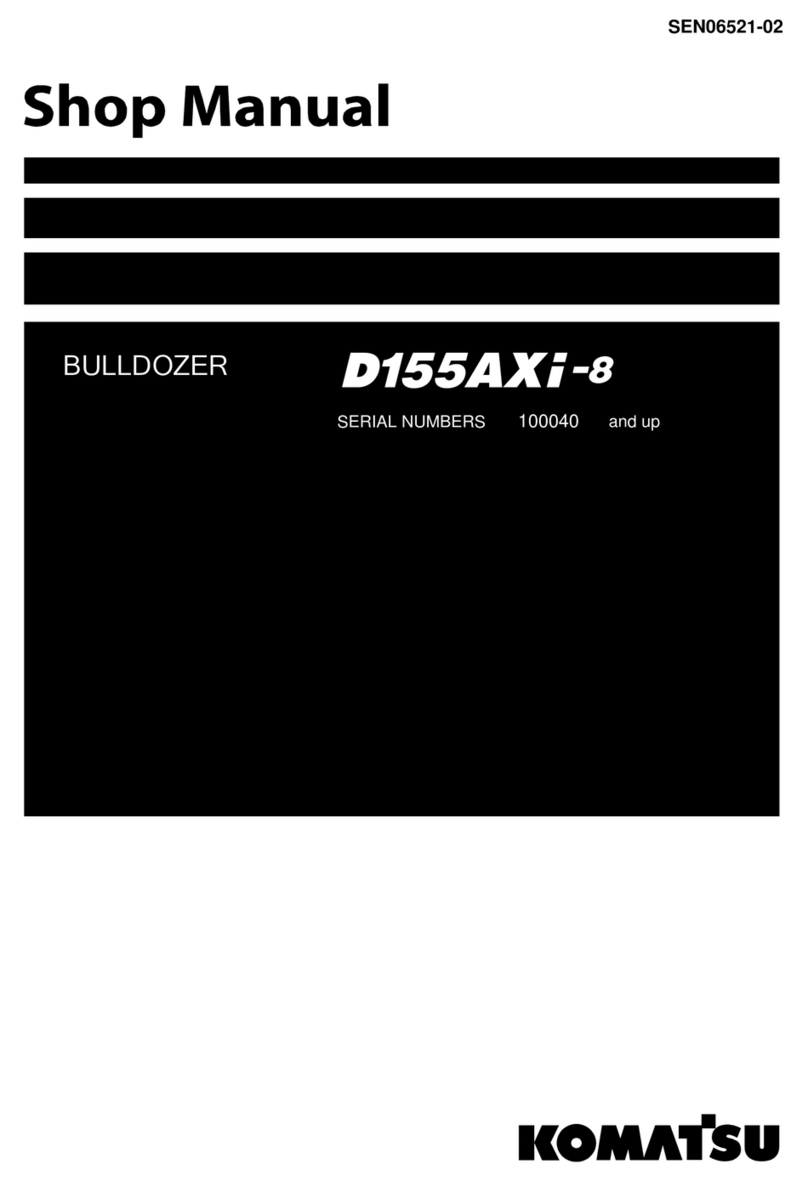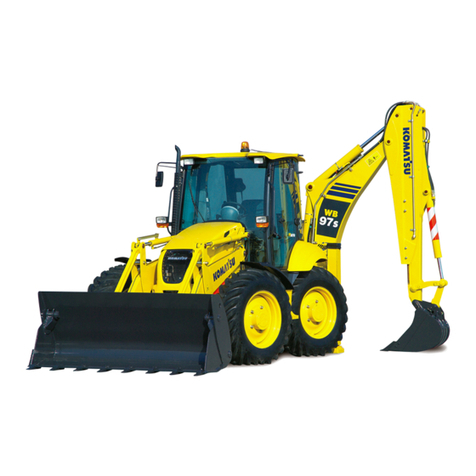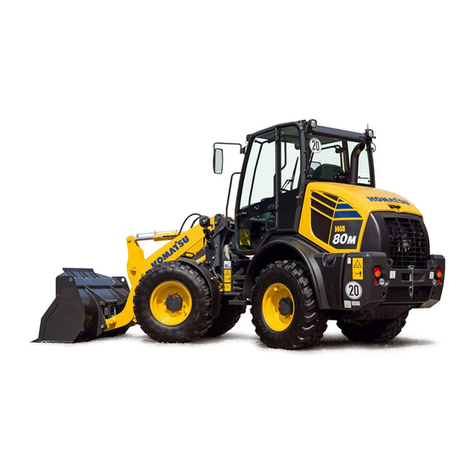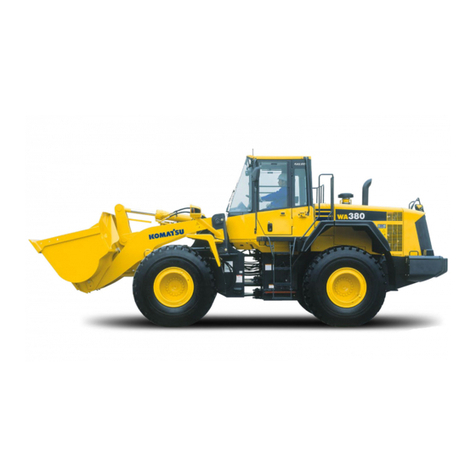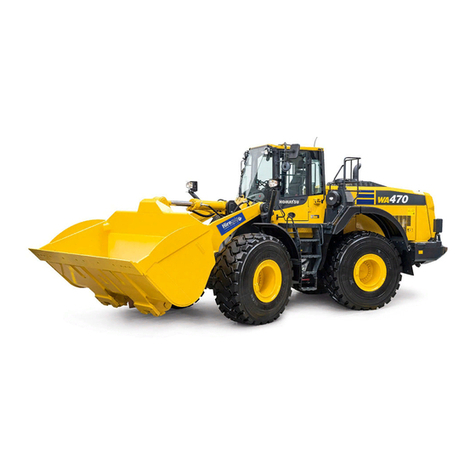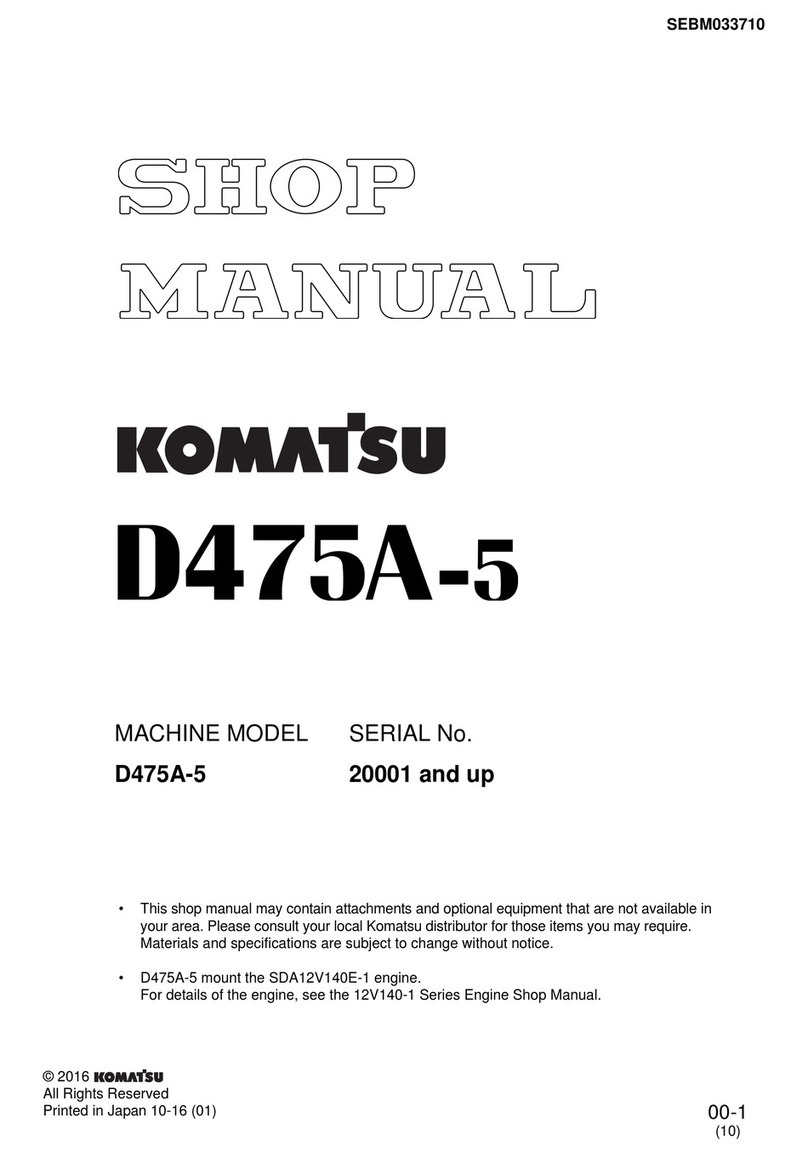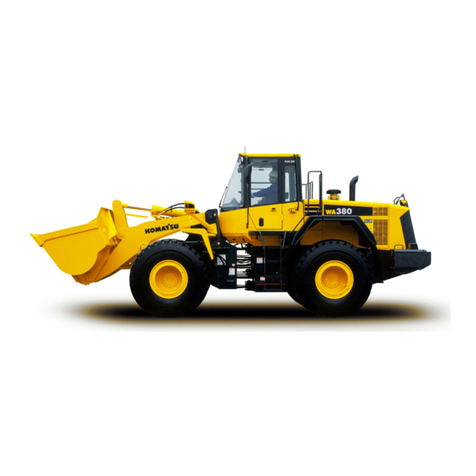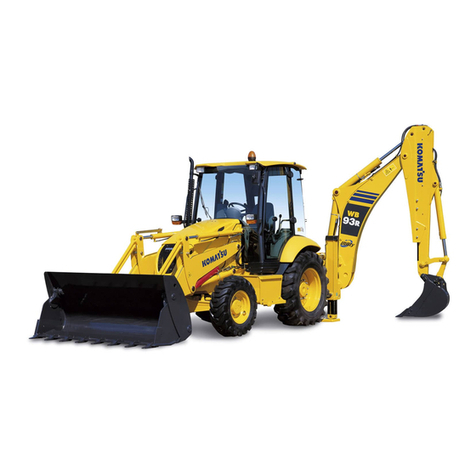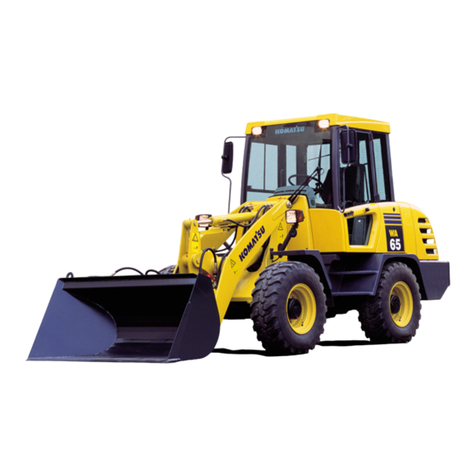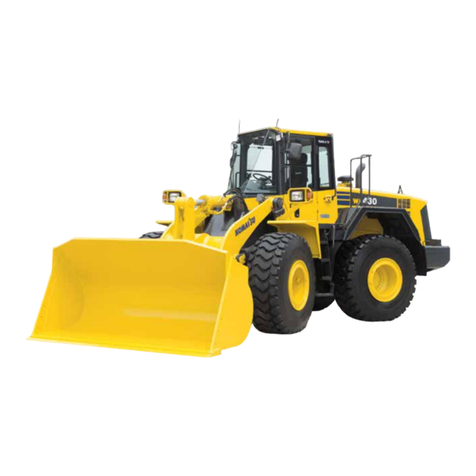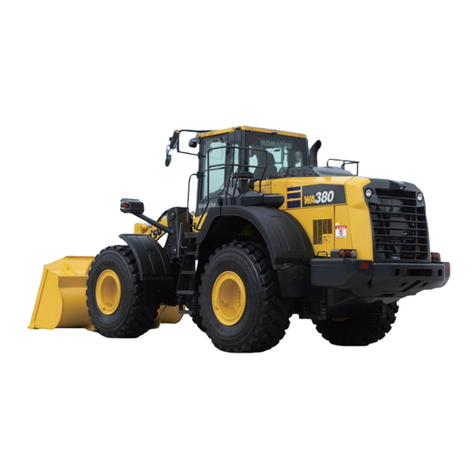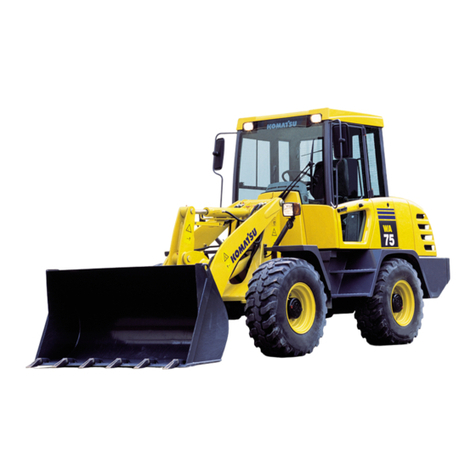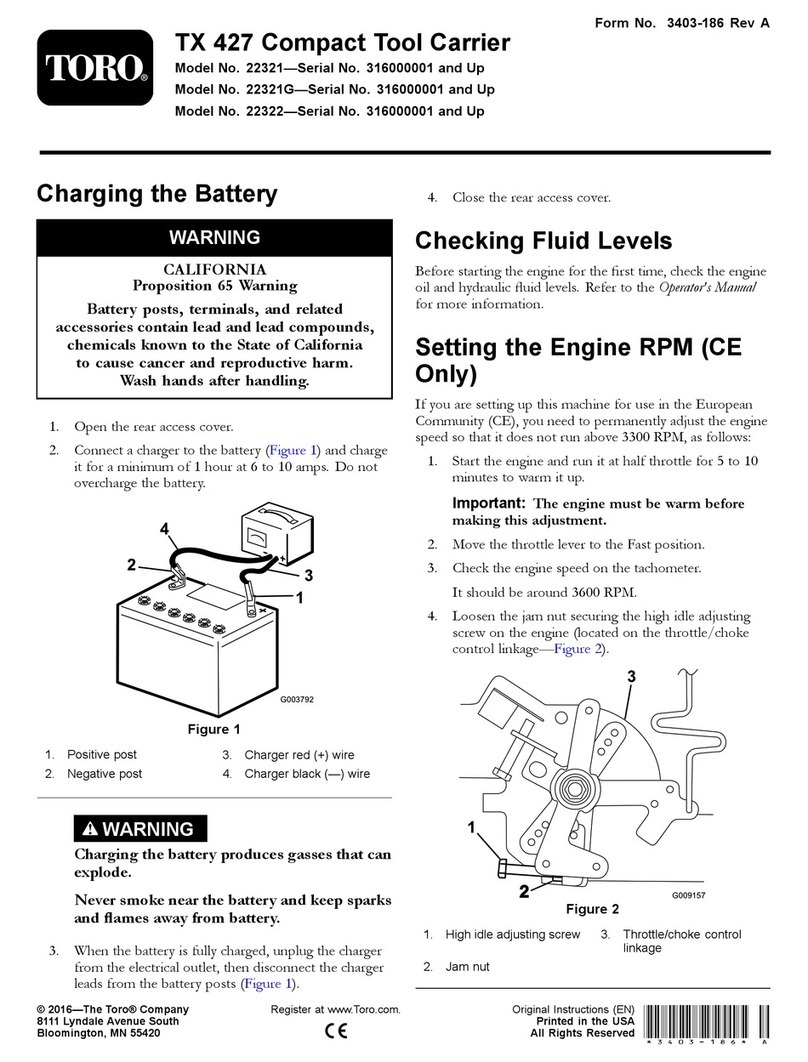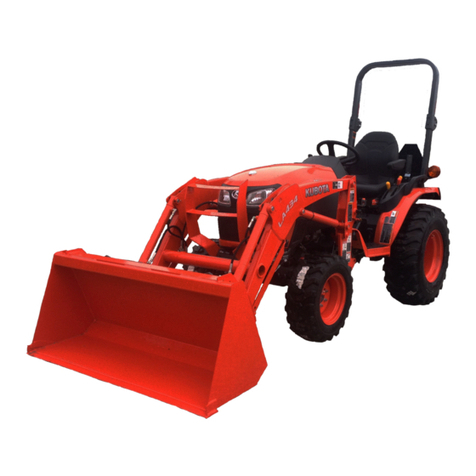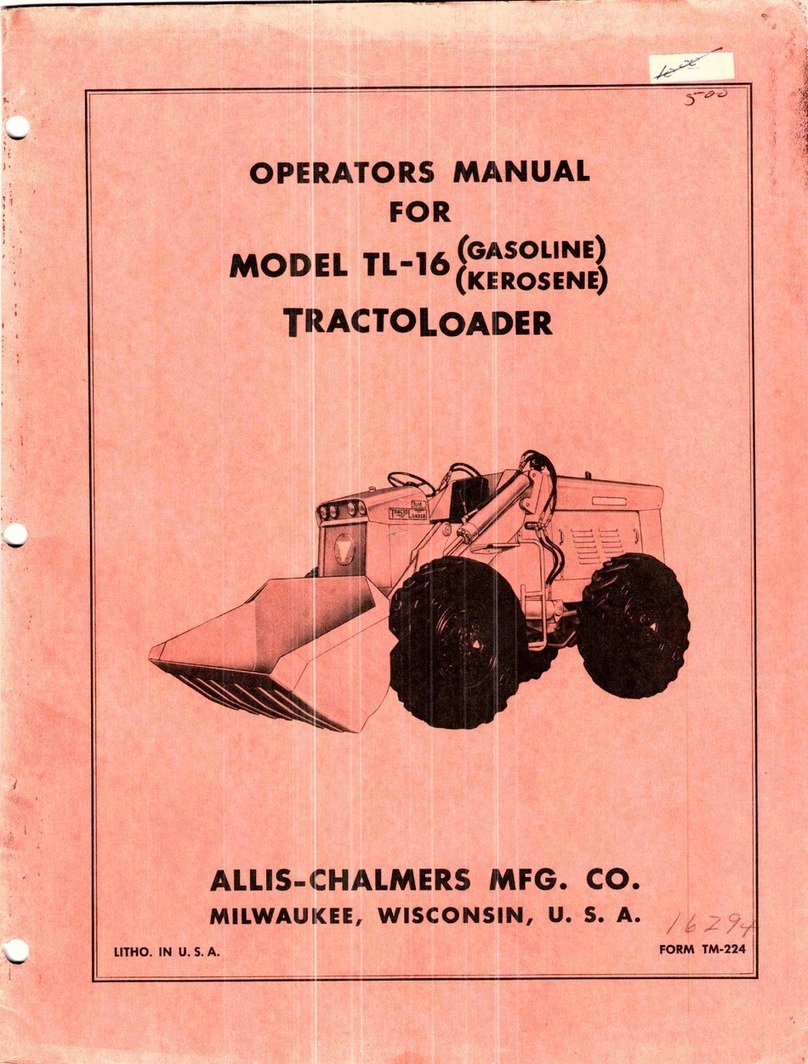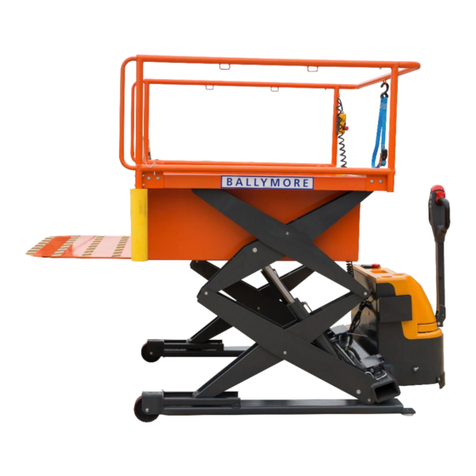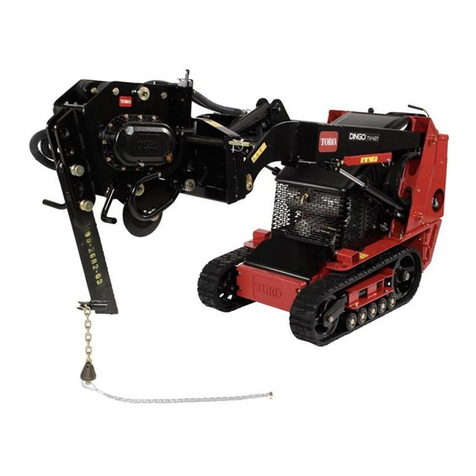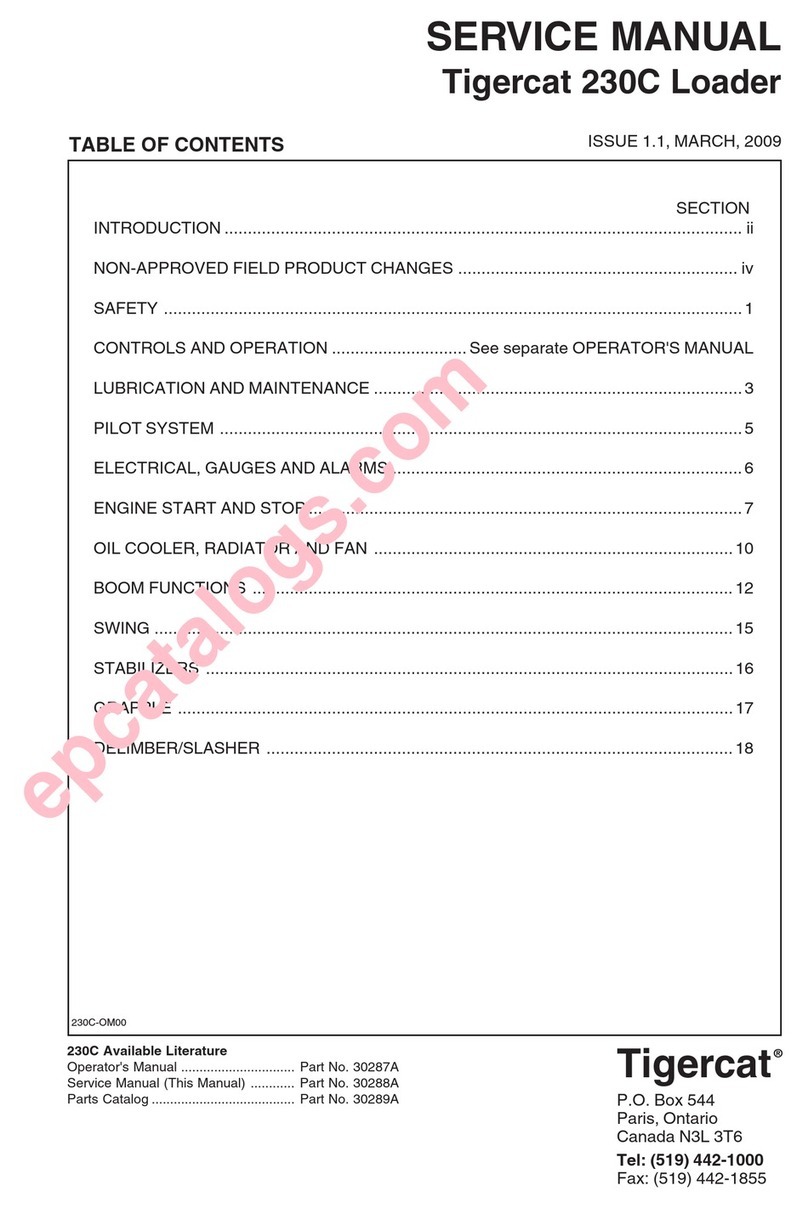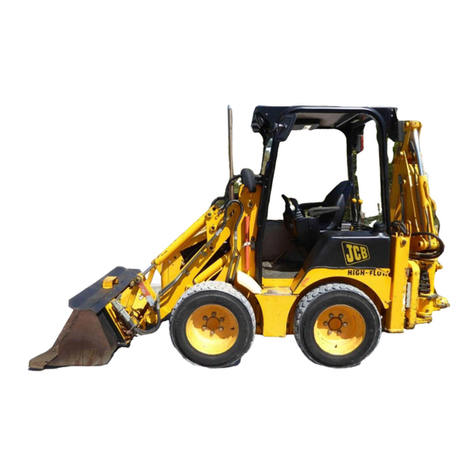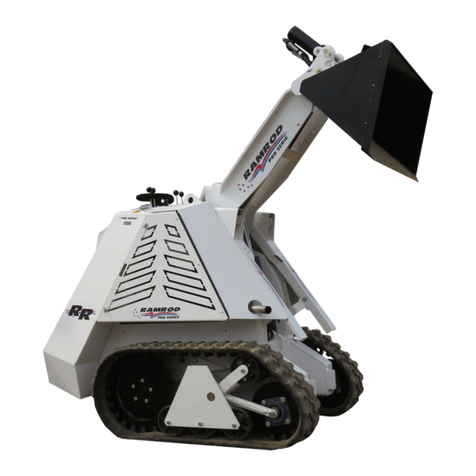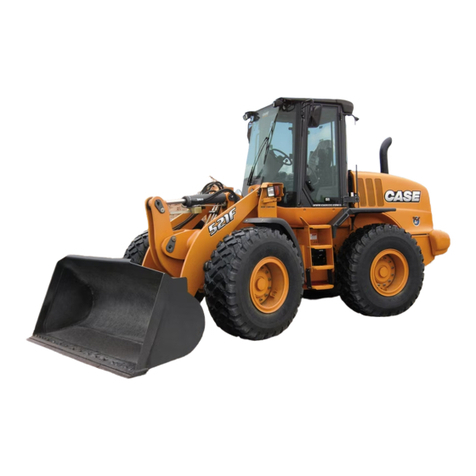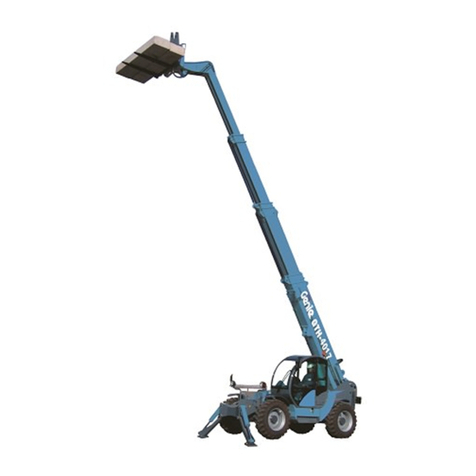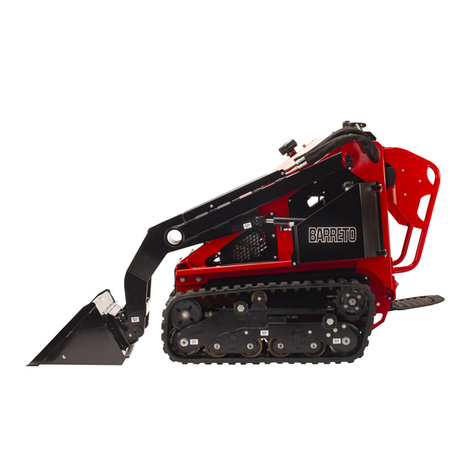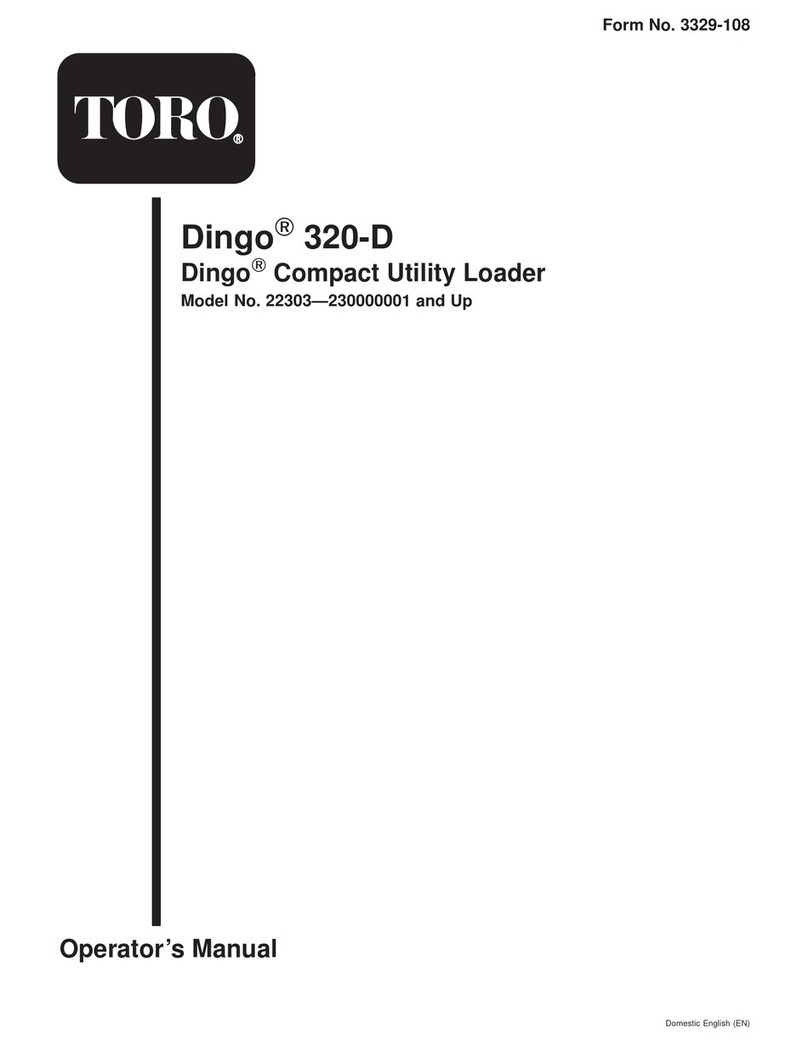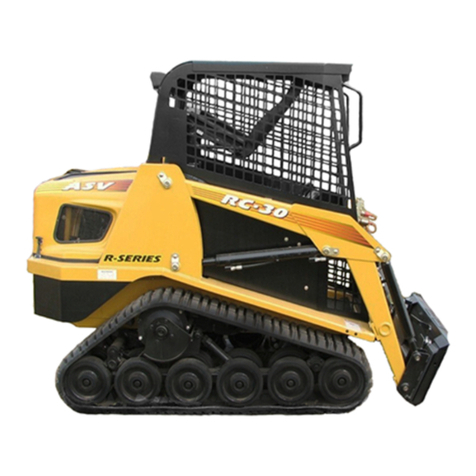
READ THIS MANUAL
This manual gives details of the operation and methods of inspection and maintenance for this machine that
must be obeyed in order to use the machine safely. Most accidents are caused by the failure to follow funda-
mental safety rules for the operation and maintenance of machines.
Read, understand and follow all precautions and warnings in this manual and on the machine before performing
operation and maintenance. Failure to do so may result in serious injury or death.
Komatsu cannot predict every circumstance that might involve a potential hazard when the machine is used.
Therefore, the safety messages in this manual and on the machine may not include all possible safety precau-
tions.
If you perform any operation, inspection, or maintenance under conditions that are not described in this manual,
understand that it is your responsibility to take the necessary precautions to ensure safety. In no event should
you or others engage in the prohibited uses or actions described in this manual. It is dangerous to perform im-
proper operation and maintenance of the machine. It may cause serious injury or death.
If you sell the machine, be sure to give this manual to the new owner together with the machine.
Always keep this Operation and Maintenance Manual in the in-
dicated location so that all relevant personnel can read it at any
time.
Keep it in the box for the Operation and Maintenance Manual
(1) on the left side of the operator's seat.
If this manual is lost or damaged, contact Komatsu or your Komatsu distributor and tell them about the machine
model name and the serial No. immediately to arrange for its replacement.
For details regarding the machine model name and the serial No., see the machine serial No. plate. In order to
arrange the proper Operation and Maintenance Manual, you will need to provide the machine model name and
the serial No.
This manual uses the International System of Units (SI) for units of measurement. For reference, units that have
been used in the past are given in { }.
The explanations, values, and illustrations in this manual have been prepared based on the latest information
available as of the date of its publication. Continuing improvements in the design of this machine may lead to
additional changes that are not reflected in this manual. If there is any question or suggestion, consult your Ko-
matsu distributor.
The numbers in the illustrations correspond to the numbers in ( ) in the text. (Example: 1 → (1))
Komatsu delivers machines that comply with all applicable regulations and standards of the country to which it
has been shipped. If this machine has been purchased in another country, it may lack certain safety devices and
specifications that are necessary for use in your country. If there is any question about whether your product
complies with the applicable standards and regulations of your country, consult your Komatsu distributor before
operating the machine.
EU DIRECTIVES
Machines supplied by us fulfil the Directive for Machinery 2006/42/EEC and all supplements.
If the machine is being used in another country, it is possible that certain safety regulations and specifications
may not be fulfilled for use in that country. For example, priority vehicle warning lamps may be used in some
countries, but are forbidden in others.
Please contact our dealer before using the machine if you have any questions regarding the fulfilment of stand-
ards and regulations in a specific country.
Notes on subsequent installation of electrical and electronic equipment and components.
READ THIS MANUAL FOREWORD
1-2
